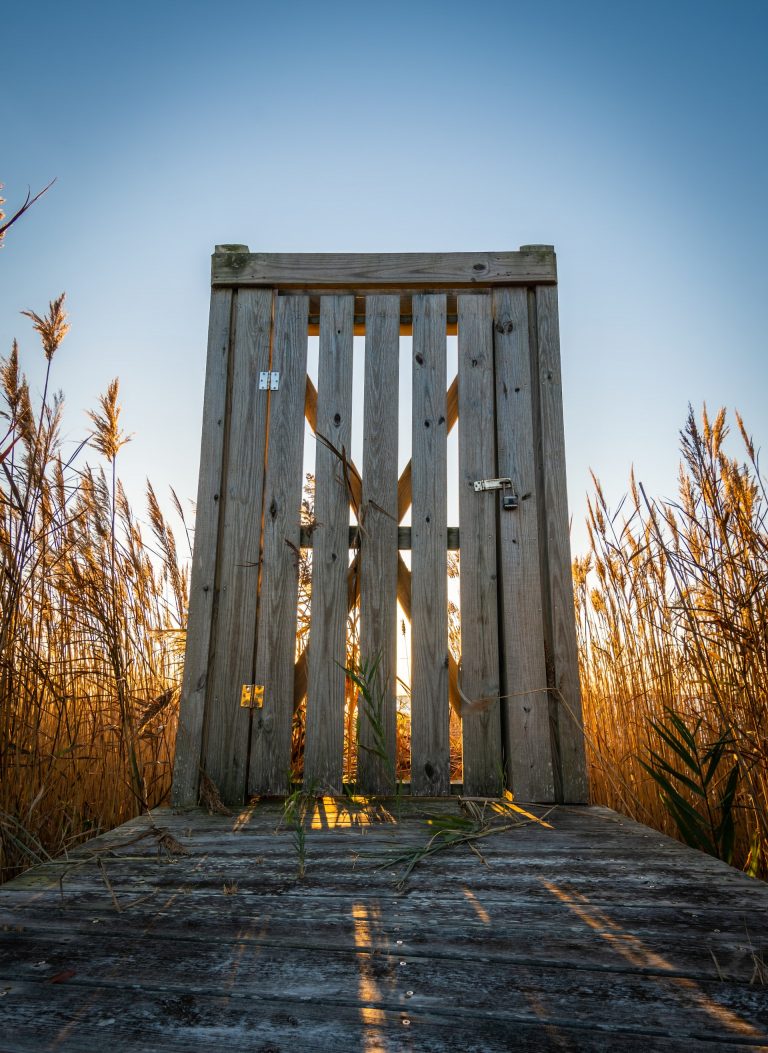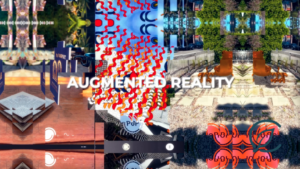
A Garden Gates
A good friend of mine, musing, mostly baked, definitely lying on the floor decades ago, said, “Why do we call it insecurity? Surely we want to be as open as possible, not with shabby locks.” We all dry mouth spattered laughter at him. Teenage taxonomies placing it with that time stoned, we came up with the concept of chords, convinced we had just revolutionised music. Twenty or so years later, I still find it rising to the surface of my mind, and now living in LA, where people create religions around lesser fragments, it reads differently. What good is a locked gate if you want to let people in, and what good is a gate if you want to keep people out?
It is somewhat like the separation of the map from the territory or the realisation that most borders are arbitrary and sinusoidal, snaking through time as they bend with language, culture, and politics. A gate is a gate only if you want to use it. How a gate functions is a tentative agreement about states of reality (and, of course, states) between people, nations, and cartographers. What power they enact is decided mainly by the authorities that drew it. However, underneath the agreed-upon divisions are older inklings, maps kept only in people’s heads, and names for places used in tongues we might not recognise. In building Illust, we want to enable all, a superposition of boundaries and paths, shadow Venn states coalescing, in bright water colour bleeds. The hobo’s alphabet nestles in plain sight. We are in the process of creating many “Reality Layers”, working with creators, groups, and developers we are excited to bring onto the map. Still, we also want you to build these onion-skinned diagrams of meaning, make your maps, mark your memories and manage all the reality you wish to. To this end, we produce various ways to token-gate, geofence, or draw your layer and mint your kingdoms.
Location-Based Token Gating
All of this hinges on the ability to geofence an area and create rules around it. We are building the Geospatial Registry, an on-chain record to leverage location and let the power of web3 permissions (and countless other uses) into the real world. Why? Because of the value, it unlocks in smart contracts and the NFTs you hold. NFTs suddenly become records of experiences, mineable souvenirs. NFTs can be placed in AR and on the map and viewed by anyone. Proof of Presence (PoPs) allows you to interact and design around that interaction as a creator. AR NFTs could react dynamically to their location, or the number of visits, changing when it is moved or sold. PFP projects will unleash their avatars to roam cities, waiting to be photographed. They could take up residence inside another NFT. Generative mints based on location and drops can increase attendance. Voting could be fractionalised and linked to locality. Tickets could be seamless. Artists could have direct access to their fans, allowing the collecting digital merch, genuine products, or personal journeys to be shared across everyone at a gig (or given to the few who solve the clues/are at every event). Decisions on how one gains entry to a “Reality Channel” is crucial to bringing play, discovery, and magic back into the planet (let’s call it web3). Chain-based GIS might be the key to tackling the climate crisis; it is the artists and restless creatives that will get us there—coding world-scale experiences without the drawbacks of physics and class.
What Comes Next
We are working to bring layers of temporality and elements of game logic/enemy AI. Imagine creating elaborate ARGs and crafting your cult around discoverable artifacts. Make an NFT Indiana Jones quest. Mint a treasure map. Play…
A great deal more can be said about the implications of gating. We should consider how we incentivise participation while being careful not to emulate the broken analogs we rely on… but that is for another time.
More from Illust…

AR Photo Contest Announcement
Into the Wild is an exploration of digital art in the physical world. Co-hosted by Mint Gold Dust and Illust, Into the Wild is about capturing moments in the world provided by digital creations.

11 Steps to Crafting A Successful Augmented Reality Campaign
We get asked time and time again, “What does the process look like to craft an augmented reality campaign”? After speaking with the team and other peers in the space, we found a lot of similarities in our processes (and some differences). The following is a step-by-step guide to help you plan and execute a

How to Move Through the Illust AR App
Welcome to Illust! You may have found yourself here because of an event, an artist hookup, a walk about town, or through one of our retail partners. At any point, you may land on one of the following components of the application: AR Experience Flow PoP and Claimable NFT Flow Map Navigation Layer or Quests
